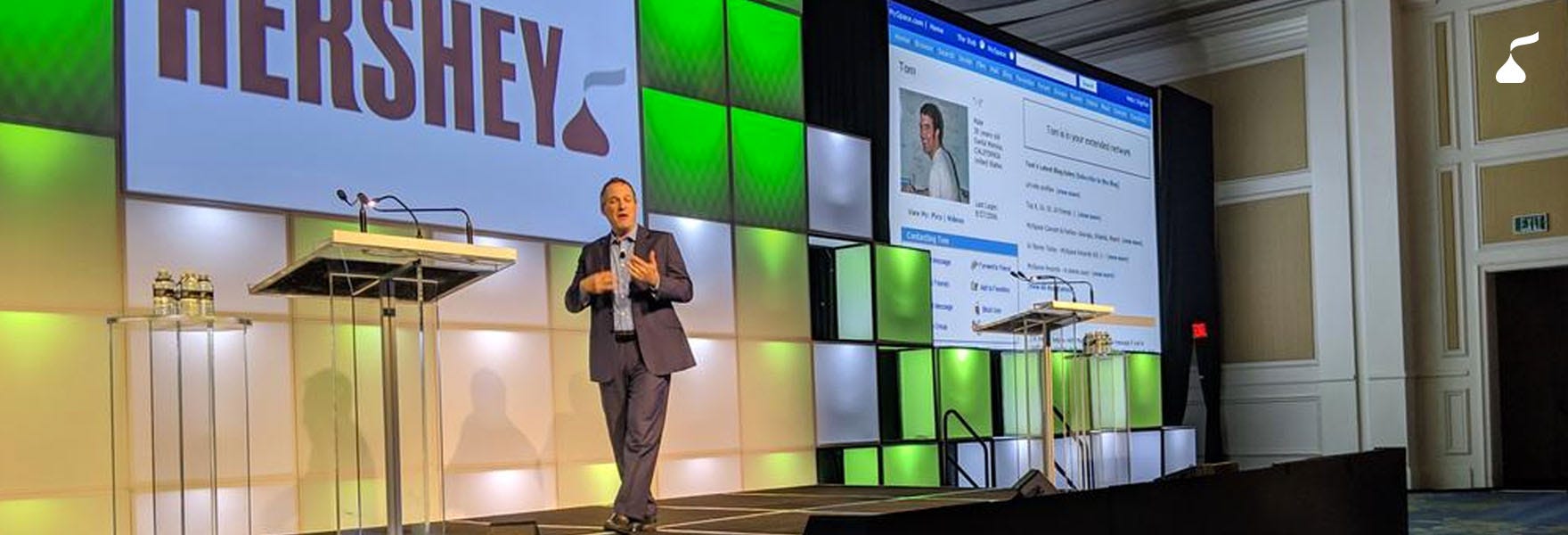Winning Media Buying in 100 Milliseconds
- Media consumption is no longer linear
- Marketers must master mass targeting and precision targeting
- Learning fast and pivoting is essential to successful media transformation
We live in a world where we are being exposed to ads from every direction – our smart speakers when we wake up, outside on our way to work, scrolling on our devices before bed and everywhere in between. It is estimated that the average consumer sees anywhere between 4,000-10,000 ads per day; as such, consumers need to filter through what matters to them, and do so quickly. Today, decisions move in a matter of 100 milliseconds. And as marketers, we need to shift our mindset and move just as fast.
In this landscape, we can’t just throw all our media spend behind broad-reaching TV ads like we used to. Certainly, mass reach media still plays a role, but as the value of cable networks decreases and ad-free streaming increases, we need to recalibrate. Media consumption is no longer linear. Marketers now have many gateways for entry to the consumer. For brands to compete, it’s critical to follow their consumer and optimize all of these channels.
The brands that will win are those that take a people-based, tech-enabled and data-fueled approach to media.
Mass targeting vs. precision targeting
Today’s brand marketers are in the middle of a dichotomy – on the one end, they are told mass marketing is antiquated, and legacy brands will die out if they don’t start segmenting their media like their upstart competitors. And on the other end, marketers are told that it’s only a matter of time before the challenger brands find they need to achieve mass reach. In their view, if they don’t have a solid foundation to reach their growing audience, they won’t be able to sustain their high growth rates.
But I challenge both these notions. It’s not a question of mass targeting vs. precision targeting – to be successful, marketers must deliver sophisticated targeting by mastering both – it’s not one at the expense of the other. The brands that will win (or already are) are those that take a people-based, tech-enabled and data-fueled approach to media.
An agile approach to media
People often ask me: “How do you benchmark against other CPGs?” I say, “I don’t.” Our industry has been late to adapt – gone are the days of set-it-and-forget-it media buying strategies. No longer can we set campaigns for a quarter, wait until it’s over and THEN read the post-campaign report to make adjustments.
My team’s focus is on developing an agile approach to media so we can shift our strategy based on data – and stay ahead as the media landscape changes. For example, say we want to increase sales for our instant consumable products. We have two options: 1. Use an identity-driven approach to find regular c-store customers, or 2. Use a location-based approach to target consumers when they are near a store location. Which is more efficient? By testing it out and adapting in real-time based on those use cases, we get to our answer faster.
This month, I went to the ANA Media Conference to have a very similar conversation with my peers. After three days of stimulating conversation and thinking, here are four of the key takeaways from the event:
- Today, winning media leaders focus on growth over savings. Now, I like an efficient CPM as much as the next media buyer, but if that doesn’t lead to business growth, what’s the point? Growth is harder. Competition is fiercer. Time to invest to grow.
- Media Transformation is VERY hard but necessary work. Internal organization structures and reward systems need to be rethought. Analytics and engineering are new sources of competitive advantage. Marketers and Retailers need to partner in new ways to unlock growth.
- You can’t just sit back and wait. Fear of failure is the greatest threat to legacy brands. Challenger brands are leveraging this to drive change unencumbered and disrupt categories. Learning fast and pivoting has never been easier, but today’s marketers need to stop thinking so much and just go do and learn … even if they make a few mistakes along the way.
- Content at scale is the next big unlock to growth. Today’s media world can present endless opportunities to personally connect with consumers, but the content demands put a strain in both cost and time. This is especially true in video where most dollars go.
The most important takeaway is this: it’s not challenger brand vs legacy brands; it’s learning to act like both. As consumers change the way they shop, they also change the way they consume media and we must respond accordingly. For Hershey, we’ve mastered the legacy brand approach to scaled media in the past. Now, we’re taking on the challenge of mastering the methods that challenger brands have leveraged to drive their growth. Along the way, some things will work, and some will not, but to keep winning in a rapidly changing environment, we need to embrace the possibilities of both.
